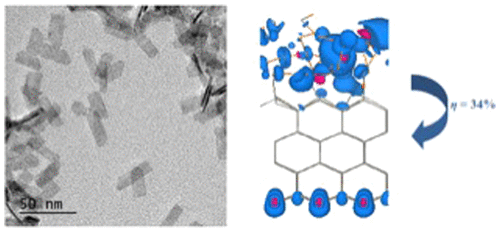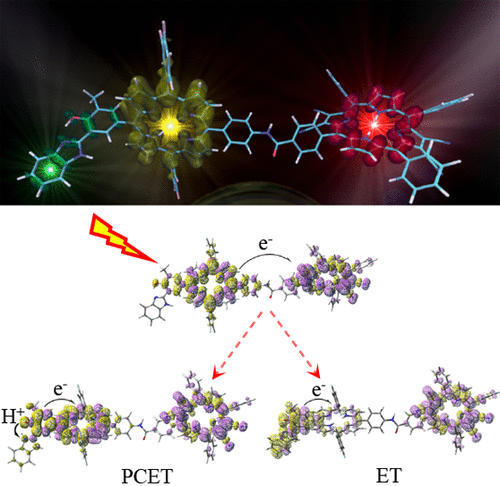Combined computational and experimental study of CdSeS/ZnS nanoplatelets: structural, vibrational an
Langmuir 2018
DOI: 10.1021/acs.langmuir.8b02245
In the past few years, core–shell nanoparticles have opened new perspectives for the optoelectronic applications of semiconductor quantum dots. In particular, it has become possible to localize electrons in either part of these heterostructures. Understanding and controlling this phenomenon require a thorough characterization of the interfaces. In this study, we prepared quasi-2D CdSeS/ZnS core–shell nanoplatelets (NPLs) by colloidal atomic layer deposition. This technique allows fine control over the quantum confinement, the surfaces, and the interfaces. The layer-by-layer formation of a the ZnS shell around the CdSeS core was monitored using UV–vis absorption, XRD, and Raman spectroscopy. The measured band gaps and structural distortions were compared with results obtained from density functional theory (DFT) calculations. Modeling has also shown that 34% of the photoexcited electrons are delocalized into the ZnS shell. The herein presented combined modeling and experimental characterization strategy is of general interest since it can be applied to a large choice of layered semiconductor heterostructures in optoelectronics. The present approach paves the way for the synthesis of nanocrystals with precisely engineered properties for light-emitting diodes and solar cells.





